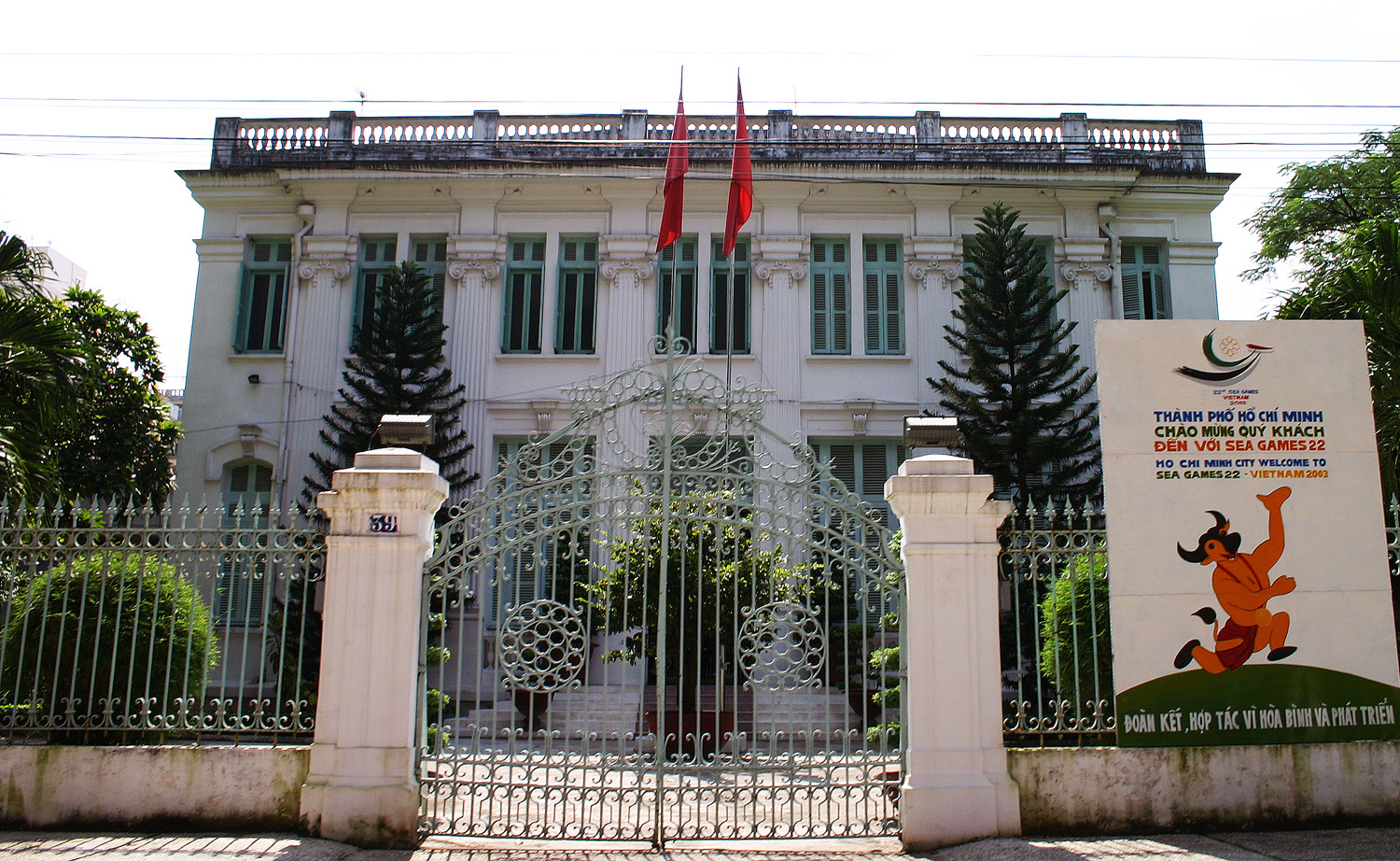
A 2003 photograph of the former managerial residence of Lyon-based metallurgical products company Descours et Cabaud, now the Quận ủy (District council) building at 39 Trần Quốc Thảo (the former rue Eyriaud-des-Vergnes) in District 3.
This article was published previously in Saigoneer http://saigoneer.com
One of District 3’s grandest old colonial mansions, the Quận ủy (District council) building at 39 Trần Quốc Thảo (the former rue Eyriaud-des-Vergnes) was once the plush managerial residence of the Lyon-based metallurgical products company, Descours et Cabaud.
Founded in 1780, the Maison Descours et Cabaud was the first major French company to trade internationally in “iron, steel, cast iron and other metallurgical products, and all that is related directly or indirectly to the trade in raw or manufactured materials used in industries or enterprises.”
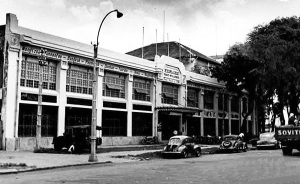
Descours et Cabaud’s Indochina head office building at 1 quai de Belgique in Saigon during the colonial period.
The company opened its first Far East office in Hà Nội in 1898, but in the following year, larger premises were acquired at 1 quai de Belgique in Saigon, which subsequently became the Maison Descours et Cabaud’s regional head office. By 1915, the company also had representative offices in Tourane (Đà Nẵng), Hải Phòng, Qui Nhơn and Bến Thủy (Vinh), as well as in Phnom Penh (Cambodia), Vientiane (Laos) and Mongtze (China).
In 1927, in addition to its core business in metallurgical products, this “limited company with capital of 50 million francs” was acting as the Indochina agent for a wide range of international companies, including the Établissements Decauville (railway rolling stock and equipment), Portland Cement, Worthington Pumps, the Société d’Explosifs et de Produits Chimiques (dynamite), the Société Française “Le Métal Déployé” (metal fences) and “Le Gaulois” tamper-proof safes.
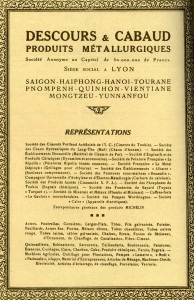
A 1927 poster advertising the services of Descours et Cabaud.
The mansion at 39 Trần Quốc Thảo was built in the early 20th century as an executive residence for one of the company’s best-known Directors-General, Maurice Bergier (1907-1922), who also owned a large plantation (the Plantation Bergier) in Xuân Vinh village, Gia Định Province. In the period 1914-1922, Bergier served as president of the Chambre de Commerce de Cochinchine and of the Saigon Port Council of Administration, and was also appointed to the Cochinchina Colonial Council. After Bergier’s retirement, the mansion was occupied by his successors right down to 1954, when the company left Indochina.
While the Maison Descours et Cabaud office building at 1 quai de Belgique (now Võ Văn Kiệt) was demolished many years ago, the company’s executive residence at 39 rue Eyriaud-des-Vergnes (Trần Quốc Thảo) still stands today.
After the departure of the French in 1954, the villa became the home of a Vietnamese family. It was appropriated by the government in 1975 and has since been used as a local government office.
At the time of writing, a new office block is under construction immediately behind the old mansion. While it is perhaps not one of the most attractive or sympathetic examples of a historic building being retained and incorporated into a new development, this scheme has at least preserved the original building intact.
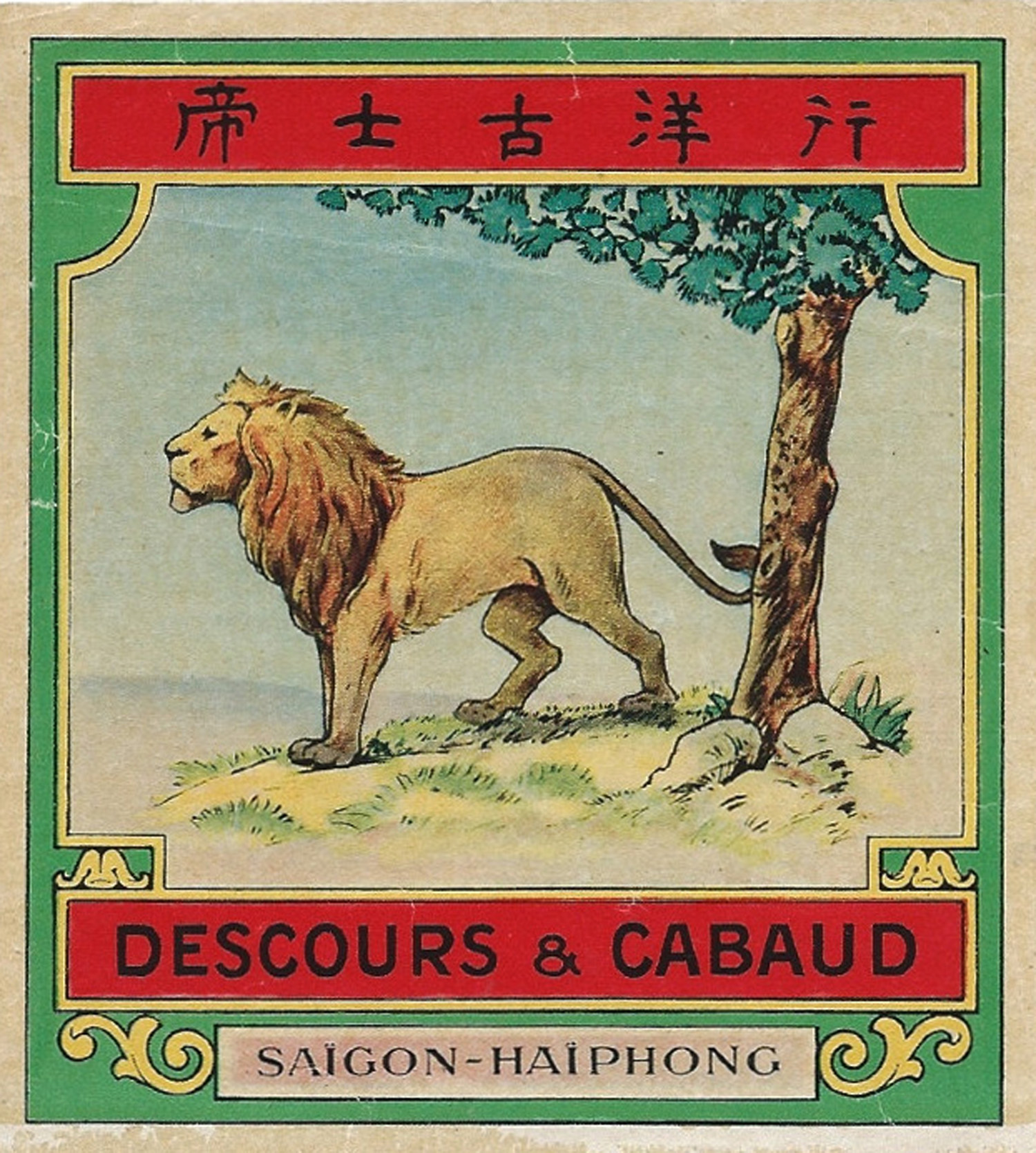
A Chinese advertisement for Descours et Cabaud.
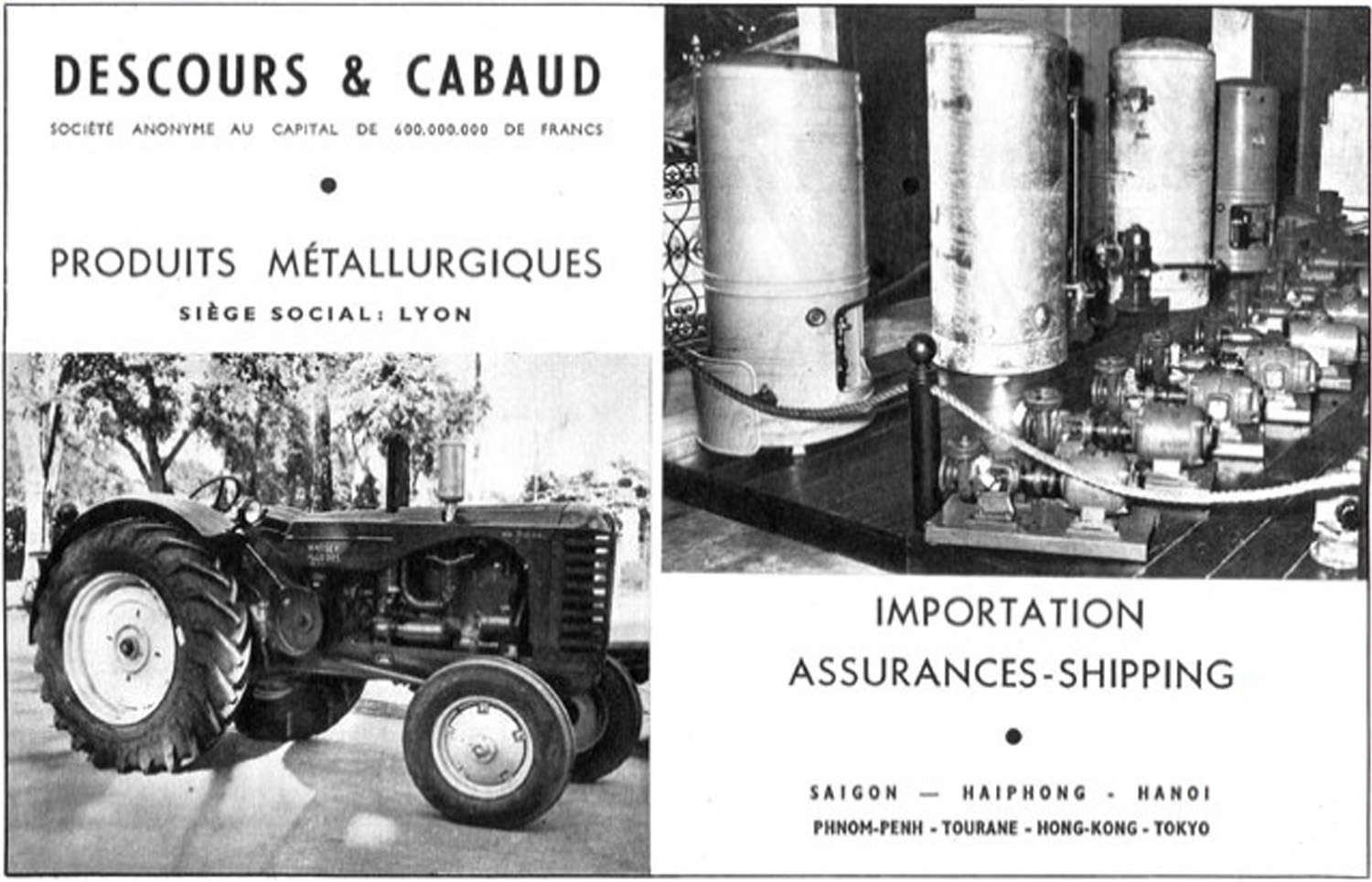
More Descours et Cabaud promotional materials.

An office building is currently being constructed behind the former Descours et Cabaud executive residence.

Another view of the office building currently being constructed behind the former Descours et Cabaud executive residence.
Tim Doling is the author of the guidebook Exploring Saigon-Chợ Lớn – Vanishing heritage of Hồ Chí Minh City (Nhà Xuất Bản Thế Giới, Hà Nội, 2019)
A full index of all Tim’s blog articles since November 2013 is now available here.
Join the Facebook group pages Saigon-Chợ Lớn Then & Now to see historic photographs juxtaposed with new ones taken in the same locations, and Đài Quan sát Di sản Sài Gòn – Saigon Heritage Observatory for up-to-date information on conservation issues in Saigon and Chợ Lớn.

